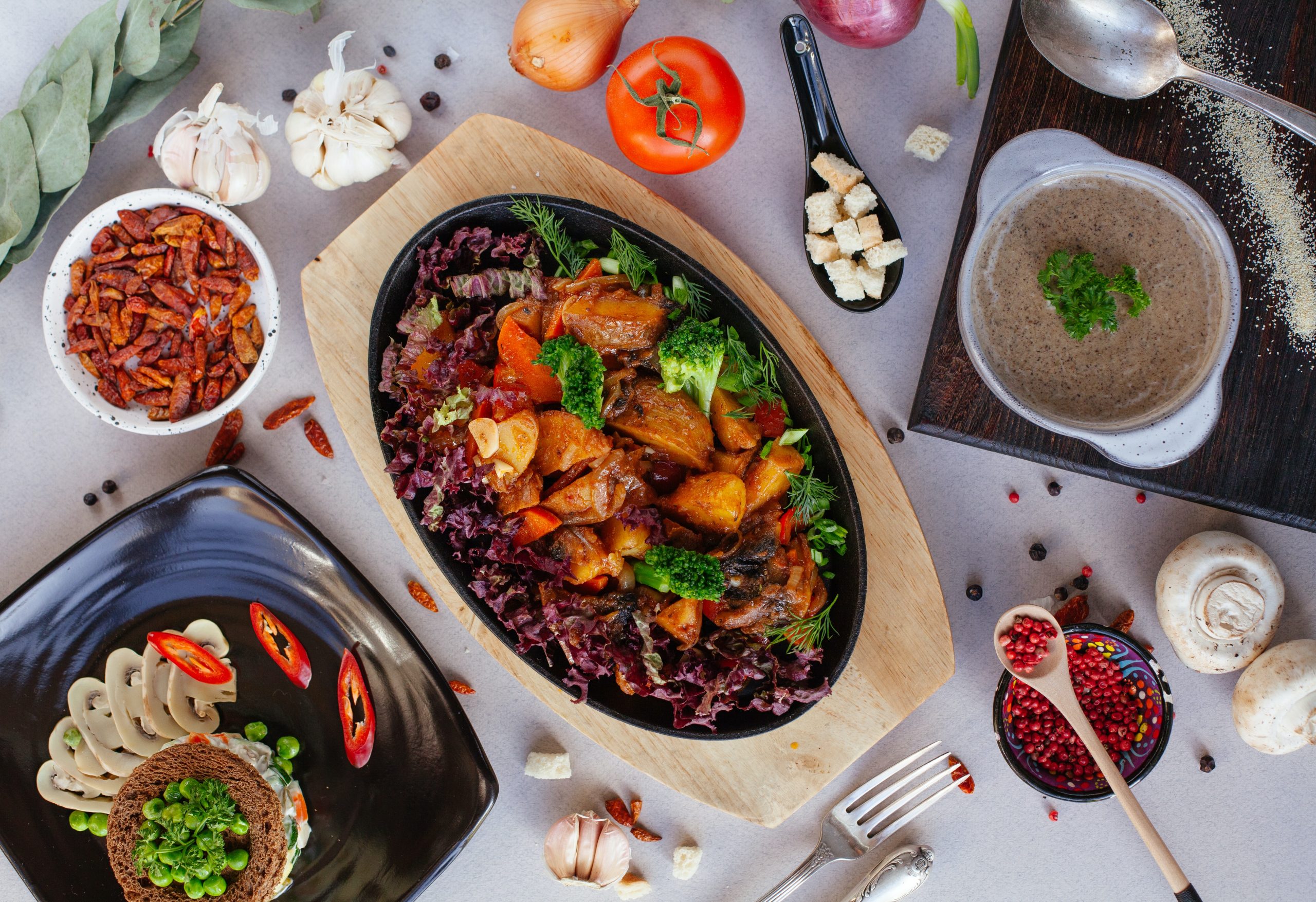This article is for you, my dear vegan and vegetarian stone formers. I know you’ve been using soy, tofu, beans, and nuts to meet your daily protein goals. In the meantime, however, you unknowingly overate some of the highest oxalate foods, which in turn leads to your kidney stone(s).
I can hear many of you right now, “yeah, and boy, was I surprised that my healthy diet led to the worst pain of my life.” These words are uttered daily in my busy practice.
I can’t tell you how many of my students and patients had to change their diet due to another medical condition and wound up having a kidney stone. The problem wasn’t that the healthy food did it to you; it was the quantity of those certain foods(think almonds and spinach) along with not getting enough calcium. A kidney stone disaster is a combination of really high oxalate foods and not getting your daily calcium needs met.
So now what? Do you have to start eating meat again to get your protein needs met? Many doctors will tell patients this, but you certainly don’t have to give up your veggie lifestyle.
Here’s a good article by Mayo Clinic regarding protein and how much we need per day. They say to spread out 15-25 grams of protein per meal. The article also states that “studies show higher intakes (more than 40g/meal) are no more beneficial than the recommended 15-25g at one time.”
The diet industry will have you believe we need much more, but they want to sell you lots of expensive bars and shakes. Don’t feed (literally) into the bull doo. Read the article so you can see what you need for your daily protein. I work out with weights five days a week and do NOT overeat protein, and I have just fine middle-aged lady muscles!
Below you will find a list of foods that contain protein. I picked them also based upon lower sugar, oxalate, and sodium levels which are crucial elements of the kidney stone diet. For your convenience, I have also included the oxalate level for each food, if known.
Lower Oxalate Non-Meat Protein Sources (in no particular order)
- Eggs—protein per egg: 6g/oxalate: 0mg
- Milk (low fat, ultra-processed)—protein per 1 cup: 11g/oxalate: 0mg
- Swiss Cheese—protein per 1 slice: ~5g/oxalate: 0mg
- Cottage Cheese (lower sodium)—protein per 1/2 cup: ~12g/oxalate: 0mg
- Mozzarella Cheese—protein per 1.5 ounces: 10g/oxalate: 0mg
- Greek Yogurt—protein per 6 ounces: ~15g/oxalate: 0mg
- Green peas—protein per cooked cup: 9g/oxalate: 1mg
- Quinoa—protein per cup: ~9g/oxalate: 54.4mg
- Ezekiel Bread* (low sodium)—protein per two slices: 10g/see note below
- Oats—protein per 1/2 cup: ~6g/oxalate:0mg
- Sunflower Seeds—protein per 1/4 cup: ~6.6g/oxalate: 8mg
- Pistachios—protein per 1 ounce: 3g/oxalate: 9mg
- Broccoli—protein per 1/2 cup chopped: ~1.2g/oxalate: 6mg
- Cauliflower—protein per 1 cup: ~2g/oxalate: 1mg
- Black Beans—protein per 1/2 cup: 8g/oxalate: 10.5mg
- Fava Beans—protein per 1 cup: 13g/oxalate: 40mg
- Mung Beans—protein per 1 cup: 49g/oxalate: 16mg
- Red Kidney Beans—protein per 1 cup: 43g/oxalate: 20mg
- Tofu—protein per 3.5 oz: 8g/oxalate: 10.6 mg
You may want a bean or veggie that Harvard has not studied. Not knowing the oxalate values may scare you a bit, but it won’t be an issue when eaten in portions. What we do each day and the quantity we choose to do it in is what counts. So have those foods in standard portions once or twice a week and get your recommended daily calcium requirement. For less oxalate, eat a smaller portion size. This advice has not backfired on me in 21 years, so I stand by it. Always get your annual 24-hour urine collections done and eat a food that you may be nervous about on collection day with calcium, and you will see that your oxalate will be ok!














Leave a Reply